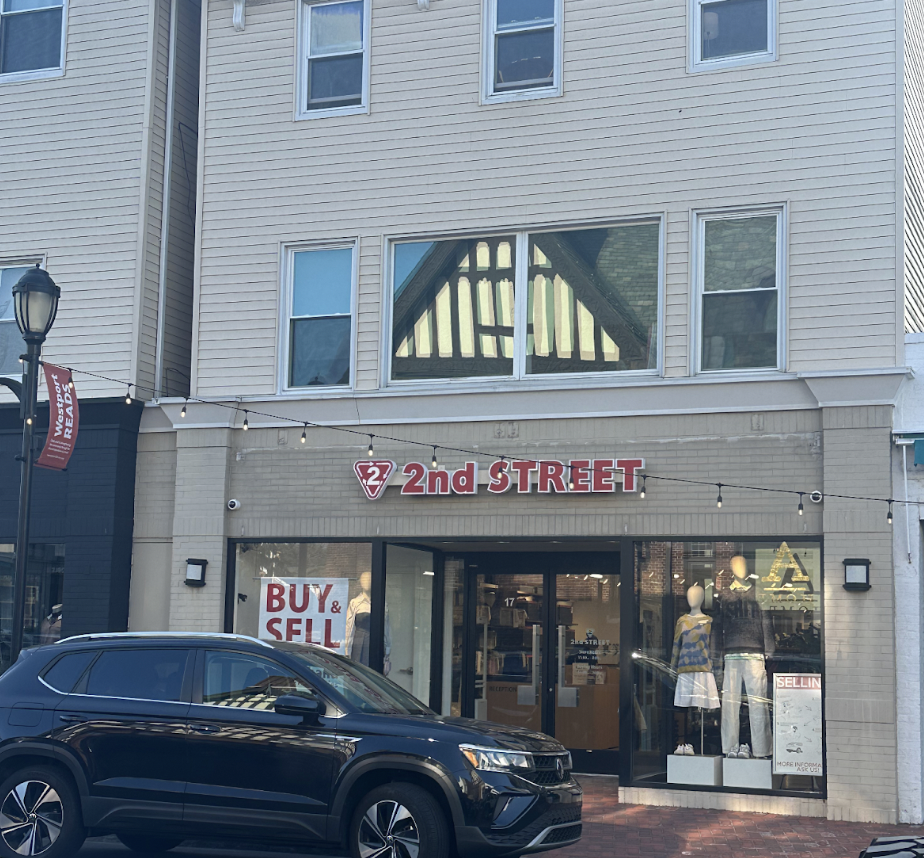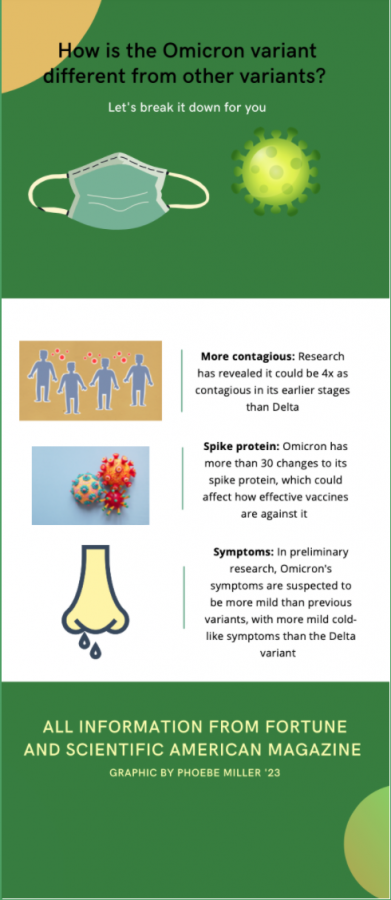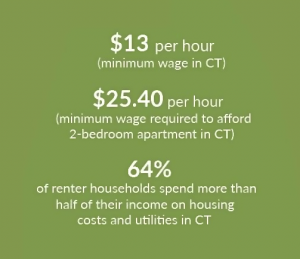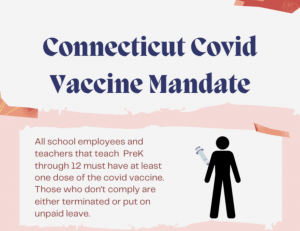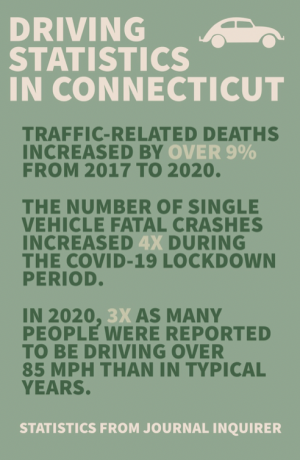Omicron variant arrives in Connecticut, US
Omicron, a more contagious COVID-19 variant, has officially been detected in Connecticut.
The World Health Organization classified a new COVID variant dubbed “Omicron,” a Variant of Concern after it was discovered on Nov. 26 in South Africa. According to medical scientists, the variant has more than 50 mutations, compared to only nine on the Delta variant, and is perceived to be more transmissible than Delta. Since its discovery, Omicron has spread to several states, including Connecticut as of Dec. 4.
Talia Perkins ’22 voiced her concerns over the variant, which has now been identified in at least 24 positive testings of COVID-19 in the United States.
“I think on the one hand we see that it’s spreading across continents and countries including the United States,” Perkins said, “but on the other hand […] there’s a pretty high vaccination rate, so I think we’re much more protected than other places in the world where either vaccines aren’t available, or the rate is just not as high.”
State officials had made statements on the new variant, including Governor Ned Lamont, before it was discovered in Connecticut.
“Earlier this year we set up a network of labs, coordinated by the Connecticut Department of Public Health, that are conducting genomic sequencing on positive test specimens to provide understanding of the variants circulating in Connecticut,” Lamont said on Nov. 28. “Our advance planning in this area will help us track Omicron, in addition to other variants that could appear in the future.”
Since then, Connecticut Public Health Commissioner Dr. Manisha Juthani also spoke about the case of the variant discovered in Connecticut, commenting that the arrival of it in the state was expected, and that a team of epidemiologists and scientists worked fast to contain it.
“This team was able to complete the case investigation in a timely manner,” Juthani said. “Given the number of states that have identified Omicron to date, it was only a matter of time before we identified it here in Connecticut as well.”
The announcement of the variant has prompted conversation in both students and teachers about whether mask-wearing may be restricted once again, specifically regarding the rule that instructors may take off their masks if they are teaching at the front of the room.
“I think just because [Omicron] is more contagious, the school might want to take as many precautions as possible,” Perkins said. “So they might take away that liberty with the no mask-wearing at the front of the room.”
But Perkins believes that enforcing masks in students even while teachers are able to remove them may be futile, as many students spend time together without COVID precautions.
“I think the school might be a bit more hesitant to disallow masks [in students],” Perkins said, “but on the other hand, a lot of kids are hanging out outside of school anyway without masks, so it’s not like [the school is] preventing that spread.”
Even with the arrival of the new variant, reports suggest that the symptoms of Omicron may be milder than those of Delta.
Lamont has called for calm in place of panic, and again prompted that those who are not fully vaccinated should get their shots so as to protect themselves from all circulating variants, such as Delta, which is still responsible for more than 99% of COVID cases in the US.
“We have life-saving tools like vaccines and boosters available to fight this pandemic, including the Delta and Omicron variants,” Lamont said, “and I urge everyone to take the necessary precautions to protect themselves and everyone around them.”

Associate Managing Editor Phoebe Miller ’23 leads a dominant role on the Staples girls’ gymnastics team.
“It’s really nice being able to challenge...






























